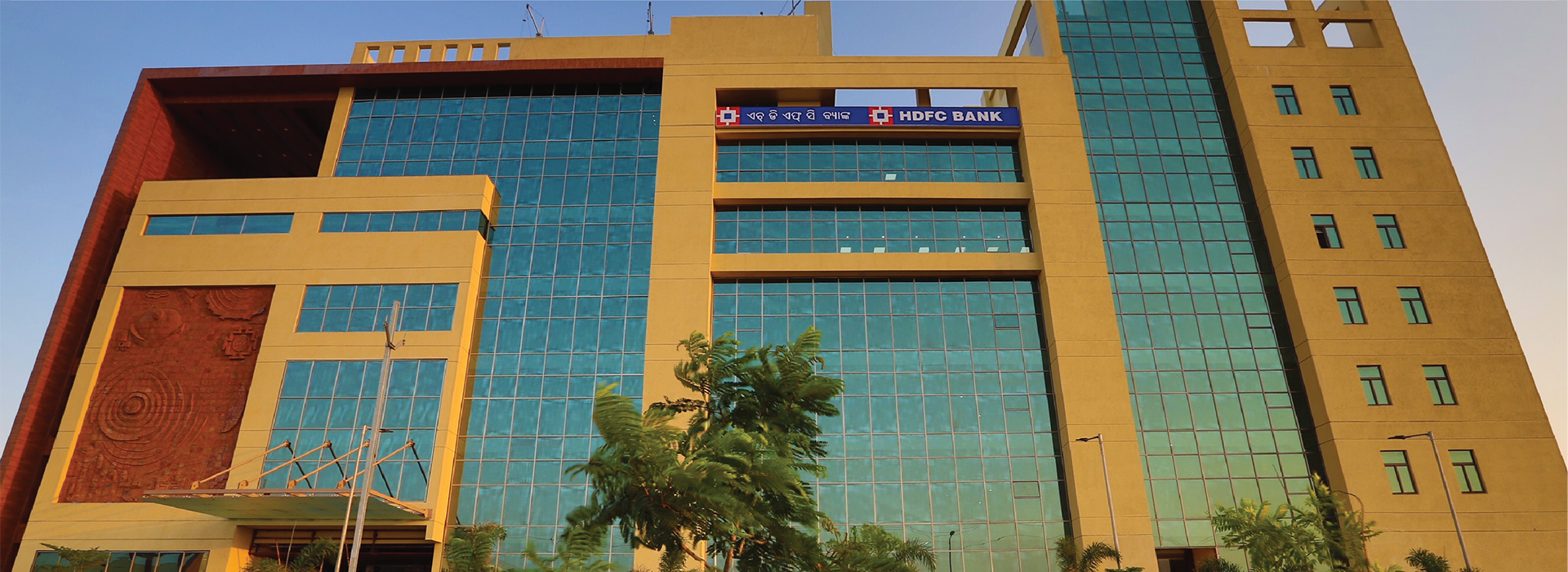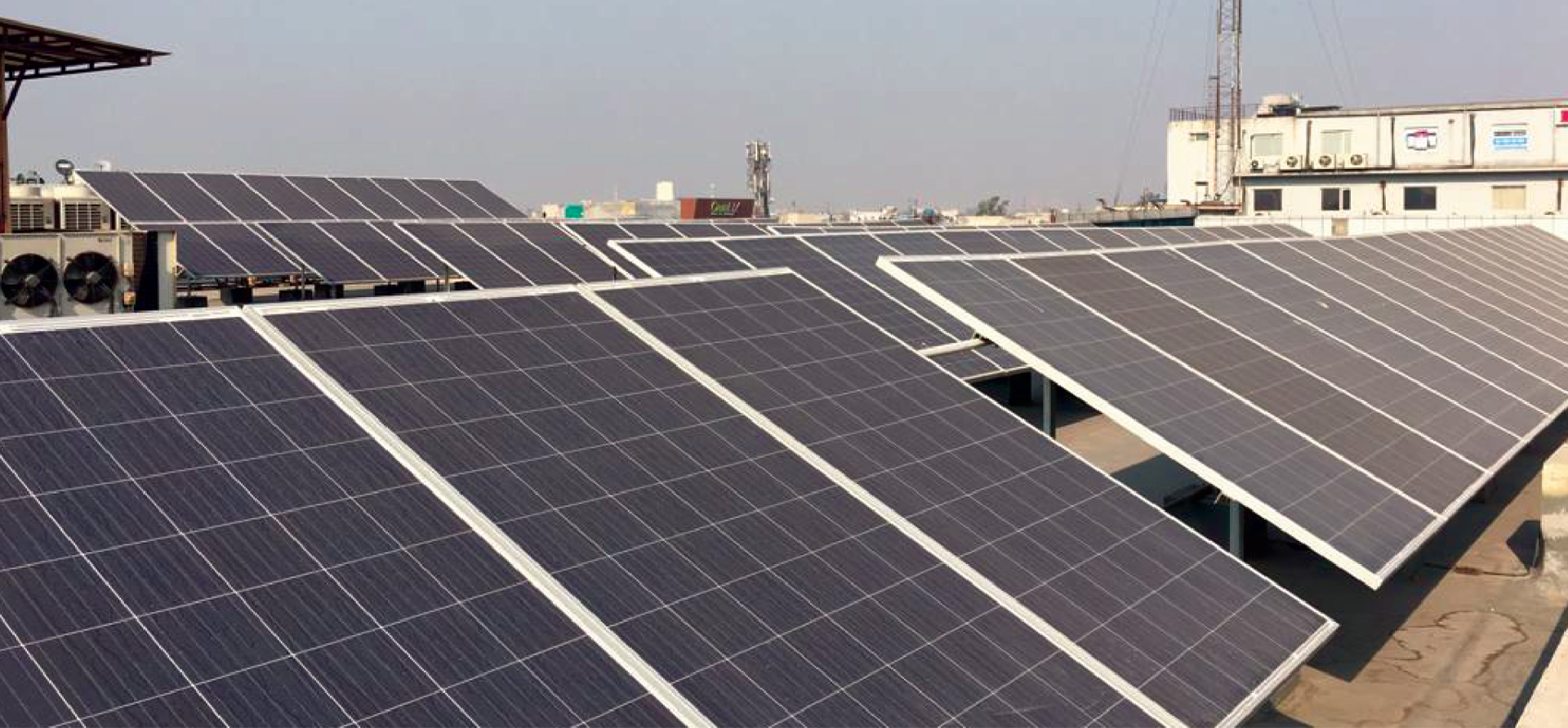
In alignment with SDG 12, the Bank endeavours to improve energy efficiency and systematically manage energy use throughout its operations. The adoption of Energy Efficient Management Systems (EnMS) has led the Bank to achieve the same. With the installation of Energy Management Module, the Bank has been able to reduce power consumption by about 12% across 600 branches, where this has been implemented. As on 31st March 2019, two of the Bank’s buildings at Mumbai and Bhubaneswar are LEED certified.
DG sets have been replaced with lithium ion batteries in select branches as part of a pilot study to reduce emissions from diesel. The Bank’s ENMS makes use of data analytics and Internet of Things (IOT) to drive energy efficiency across select branches. What started as a pilot in 100 retail branches across 5 cities in 2015 was scaled-up to 600 branches in 2017.
In the next phase, the Bank is evaluting to extend the ENMS to large offices too. Apart from the ENMS, some of the Bank’s other initiatives include:
Major sources of energy consumption at the Bank are fuel used in DG sets and electricity from grid.
In FY 2018-19, the energy consumption per employee is 22.6 GJ (energy intensity, the energy taken into account is energy consumed within the organization and includes energy from fuel for DG sets owned vehicles and electricity) with a 16% decrease as opposed to 26.88 GJ in FY 2017-18. It is observed that there is a decrease in both the electricity and diesel consumption, this is partly attributed to a change in methodology and emission factors used in the calculation of emissions. Further, reduction, in electricity consumption, despite the increase in branch network is attributed to the implementation of EnMS and various other energy saving initiatives at the Bank. This is despite there being a substantial increase in the number of employees as compared with the previous year. The Bank records employee travel/ business commute under scope 3 emissions but does not track/ measure energy equivalent of the same.
Energy Consumption by Source (’000GJ)

Renewable Energy
In alignment with SDG 7, the Bank is committed to utilizing renewable energy in its business operations. As on 31st March 2019, the Bank has a cumulative installed solar capacity of 135.5 KWP across Jaipur, Pune, Noida and Bhubaneswar. The electricity generated from these solar panels in FY 2018-19 was estimated at 1,62,600 KWh, about 58% more than the previous year, attributed to the addition of solar plant at Bhubaneswar. ATMs also consume a lot of power and since the rural areas have fluctuating power supply, the Bank has also installed a few solar ATMs, in select locations across the country.

For any queries or questions
regarding the report or its contents,
contact:
Nusrat Pathan
Head, Sustainability & Corporate Social Responsibility
HDFC Bank Limited
[email protected]
All Rights Reserved.
